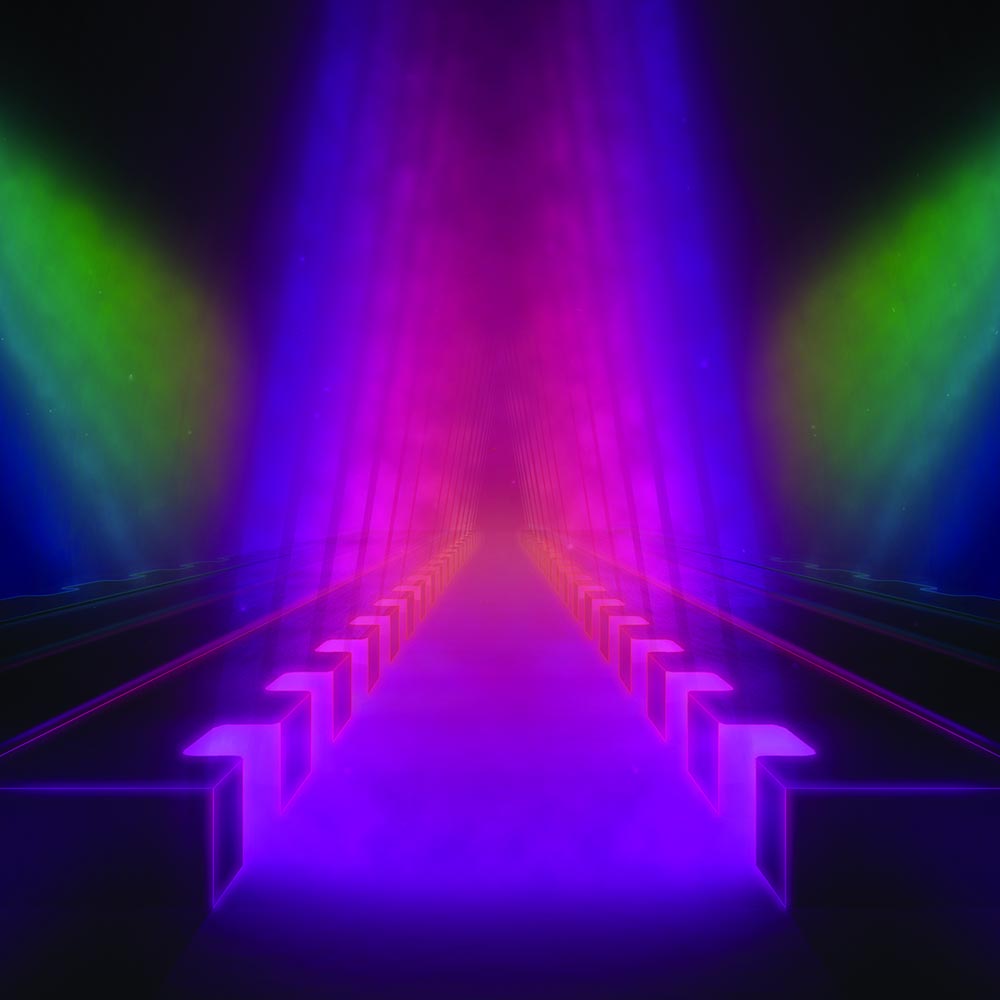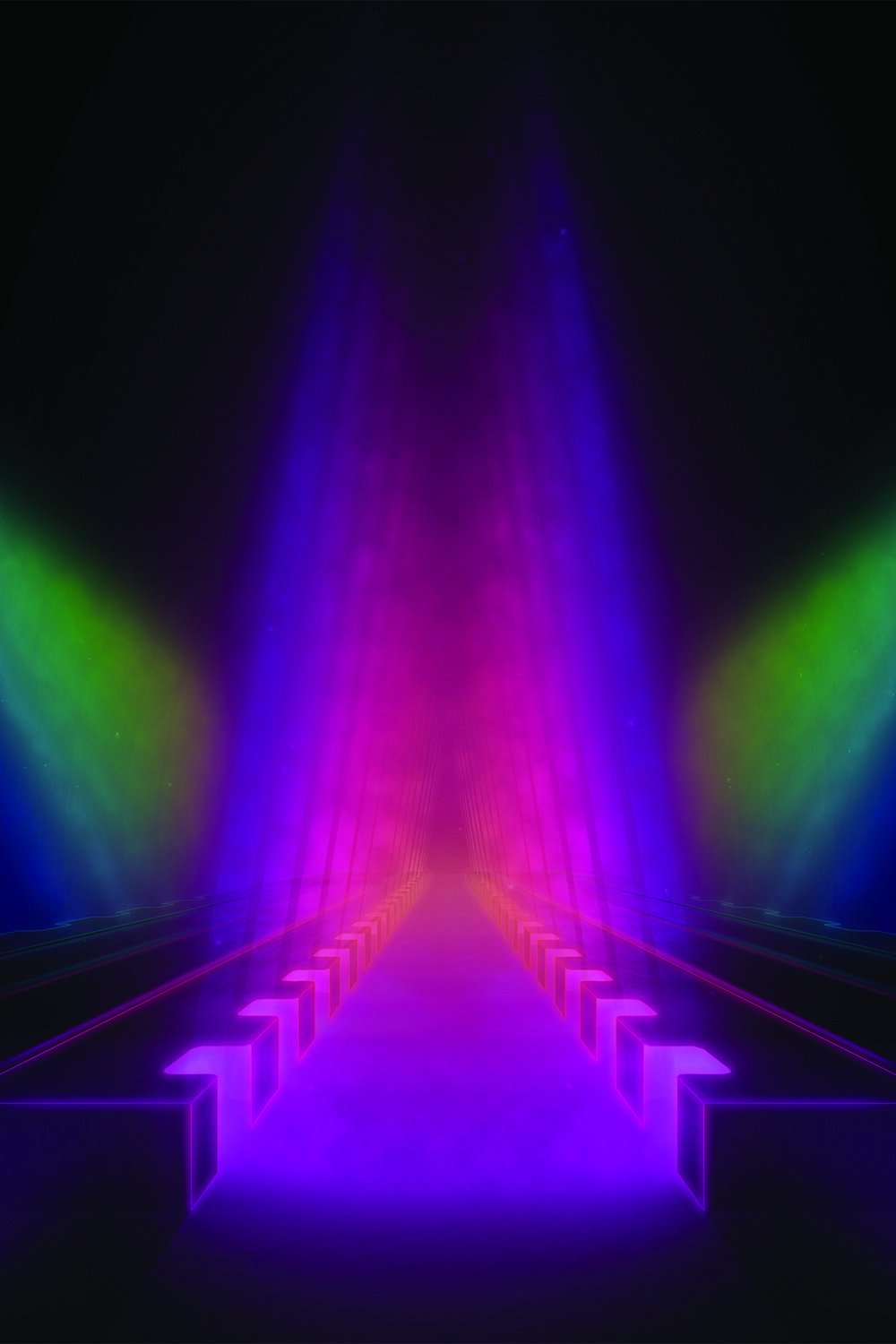Amanda Christensen, ideaXme guest contributor, fake news and deepfake researcher and Marketing Manager at Cubaka, interviews Dan Mapes, PhD, MBA co-founder of VERSES.io and co-author of The Spatial Web: How Web 3.0 Will Connect Humans, Machines, and AI to Transform the World.
Amanda Christensen Comments:
We’ve come a long way since the invention of the internet, and even further since the invention of the first computer, which together have undeniably significantly facilitated everyday life. We have never had access to more information at the touch of our fingers, or been more connected than we are now.
However, the exponential advancement of the internet has brought along with it a whole host of problems, such as the rampant spread of fake news, deep fake technology, significant data breaches, and hacking, to name a few.
The further advancement of the internet, and particularly AI, is inevitable, as the full potential of their capabilities are far from being reached. But how do we advance in a way that both further optimises our lives but simultaneously protects us from further misuse?
The Spatial Web






